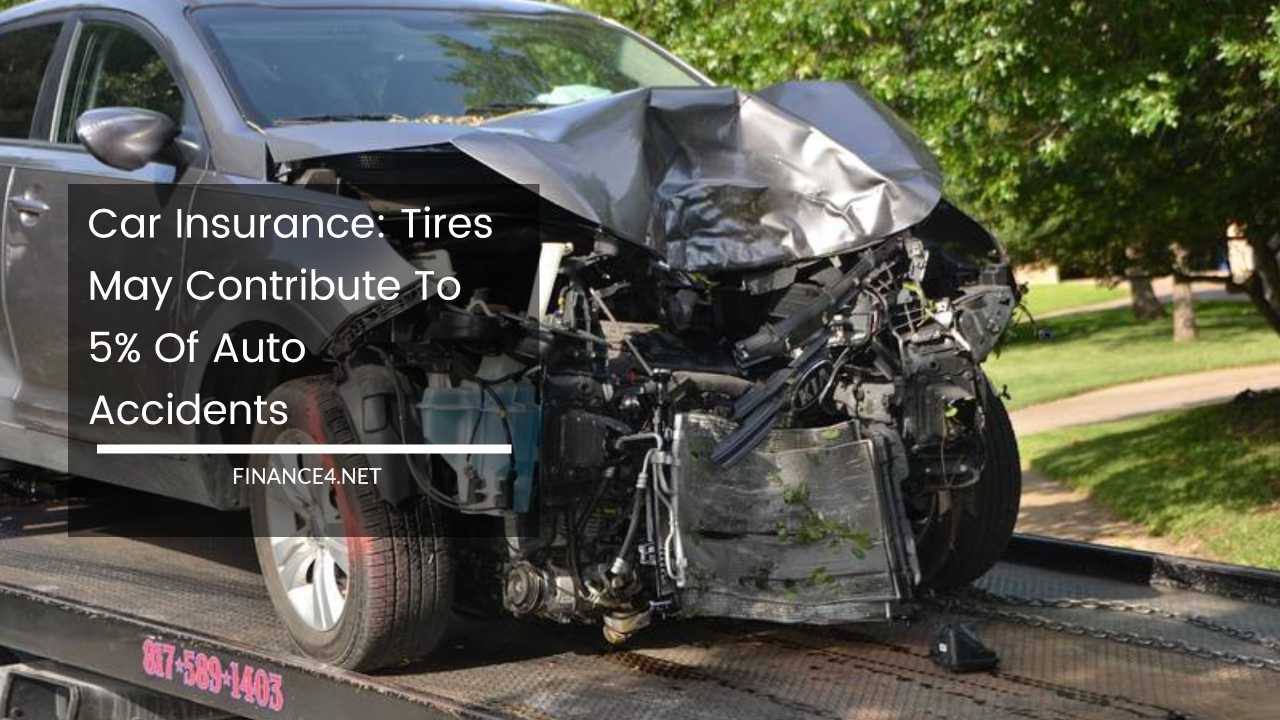Reduce Your Risk & Save: How Tires Impact Car Accidents & Insurance

Keeping Your Ride Safe: How Tires Impact Car Accidents and Insurance Rates
Car accidents are a terrifying reality, causing injuries, property damage, and emotional distress. While we often focus on distracted driving or adverse weather conditions, another crucial factor can play a significant role: tires.
Though it may seem surprising, tire health can directly contribute to accidents, potentially impacting your insurance rates.
This article dives deep into the connection between tires and car accidents, exploring how proper tire maintenance reduces risk and keeps you safe on the road.
We’ll also discuss how insurance companies view tire condition and potential impacts on your coverage.
The Importance of Tire Safety: The Science Behind Grip
Tires are the only part of your car directly in contact with the road. They play a critical role in maintaining control, handling, and stopping power. But understanding how tires work unveils the science behind safe driving.
Tires rely on friction to generate grip. Microscopic grooves and sipes on the tread pattern create a larger surface area for contact with the road surface. This allows the tire to “bite” into the pavement, enabling the transfer of forces between the car and the road.
Here’s how compromised tires can lead to accidents by affecting this crucial friction:
- Reduced Traction: Worn-out treads or improper inflation decrease the surface area in contact with the road. This translates to a significant decrease in friction, leading to hydroplaning on wet roads. Hydroplaning occurs when a layer of water builds up between the tire and the road surface, causing the vehicle to lose control and potentially skid. Similarly, on icy roads, worn tires lack the ability to grip the slippery surface, increasing the risk of sliding and accidents.
- Increased Stopping Distance: As tread depth decreases, the stopping distance for your vehicle increases. Imagine braking on a smooth, polished floor compared to a carpeted one. The stopping distance on the smooth floor will be much longer. Worn-out tires lose their ability to effectively channel water away from the contact patch, further reducing friction and extending stopping distances, especially during emergency braking situations.
- Blowouts: Damaged or improperly inflated tires are prone to sudden blowouts. Blowouts occur when the internal air pressure in the tire exceeds the tire’s structural integrity, causing it to rupture. This can lead to instant loss of control, veer off course, and potentially collide with other vehicles or objects.
Statistics: Unveiling the Hidden Toll
While a definitive figure for the exact percentage of accidents caused by tires is difficult to pinpoint, studies suggest a significant correlation.
- The National Highway Traffic Safety Administration (NHTSA) reports that tire-related defects contribute to roughly 11,000 crashes annually. This translates to an accident every 47 minutes caused by tire issues.
- The Rubber Manufacturers Association (RMA) estimates that one in nine crashes involves tire issues. This means that on average, over 11% of all reported accidents could potentially be prevented with proper tire maintenance.
These figures highlight the importance of prioritizing tire safety to minimize your risk of accidents and the potential consequences.
Insurance Companies and the Tire Factor
Car insurance companies assess risk factors to determine your premium. Since tire condition directly impacts your likelihood of being involved in an accident, it can influence your insurance rate in two key ways:
- Accident Claims: If an accident investigation reveals your tires were a contributing factor, the insurance company may view you as a higher risk driver. This could lead to increased premiums at renewal or even policy non-renewal. Companies base their decisions on evidence, and if your worn tires were deemed a contributing factor, it suggests a potential disregard for safety and preventative maintenance.
- Preventative Maintenance Discounts: Some insurance companies offer discounts for drivers who can demonstrate a commitment to preventative maintenance, including regular tire inspections and rotations. This incentive from insurance companies underscores the value they place on responsible car ownership and the role it plays in reducing accidents.
Maintaining Safe Tires: Essential Practices for Every Driver
By prioritizing proper tire care, you can significantly reduce your risk of accidents, potentially earn insurance discounts, and enjoy a smoother, more comfortable ride:
- Regular Inspections: Don’t wait for a problem to arise. Visually inspect your tires for signs of wear, damage, or uneven tread wear at least once a month. Look for cuts, bulges, or foreign objects embedded in the tread. Uneven wear can indicate alignment issues that need addressing.
- Tread Depth Check: Use a tire tread depth gauge, a readily available and inexpensive tool, to measure the remaining tread life. Most manufacturers recommend replacing tires when the tread depth reaches 2/32 inches. However, some high-performance tires may require replacement sooner to maintain optimal handling. Refer to your car’s owner’s manual for specific recommendations.
- Proper Inflation: Check your tire pressure regularly at least once a month and before long trips) using a reliable tire pressure gauge. Don’t rely solely on gas station gauges, which can be inaccurate. Underinflation is a more common problem than overinflation and can lead to increased tire wear and reduced fuel efficiency. Refer to your car’s owner’s manual for the recommended inflation pressure for your specific vehicle and tire size. This information can also be found on a sticker typically located on the driver’s side door jamb or inside the fuel door.
- Rotation and Alignment: Regularly rotate your tires according to the manufacturer’s recommendations, typically every 5,000 to 7,000 miles. This helps ensure even wear and tear across all four tires. Wheel alignment should also be checked periodically, especially after hitting a curb or experiencing uneven tire wear. Misalignment can cause premature tire wear and affect handling.
Beyond Maintenance: Age and Usage Considerations
Even with proper maintenance, tires naturally degrade over time. The rubber compounds in tires break down due to exposure to heat, sunlight, and oxygen.
This can lead to cracking and a decrease in overall flexibility, impacting their ability to grip the road. Experts recommend replacing tires after six years, regardless of tread depth remaining.
Furthermore, driving habits can impact tire life. Here are some factors to consider:
- Aggressive Driving: Frequent rapid acceleration, hard braking, and sharp cornering can significantly increase tire wear.
- Frequent Overloading: Exceeding the recommended weight limit for your vehicle puts extra strain on the tires, leading to accelerated wear and potential blowouts.
- Towing Heavy Loads: Towing trailers or heavy equipment puts additional stress on the tires. Ensure your tires are properly inflated for the increased load and consult your owner’s manual for towing recommendations.
Technology for Safety: Tire Pressure Monitoring Systems (TPMS)
Consider investing in a Tire Pressure Monitoring System (TPMS). These systems use sensors mounted inside each tire to monitor air pressure in real-time.
They can alert you if the pressure falls below the recommended level, allowing you to address the issue before it becomes a safety hazard. TPMS can be lifesavers, especially for drivers who may not check their tire pressure regularly.
The Road to Safety Starts with Your Tires
By following these tips and making tire safety a priority, you can keep yourself, your loved ones, and others on the road safe. Here’s a quick recap of the key takeaways:
- Prioritize regular tire inspections for signs of wear, damage, and uneven tread wear.
- Use a tire tread depth gauge to monitor tread life and replace tires when necessary.
- Maintain proper tire pressure according to your vehicle’s specifications.
- Rotate tires regularly and get wheel alignments checked periodically.
- Consider replacing tires after six years, regardless of tread depth.
- Adjust driving habits to minimize tire wear.
- Invest in a TPMS for real-time tire pressure monitoring.
Remember, your tires are the foundation of your car’s safe operation. Don’t let neglected tires put you and others at risk.
By making informed decisions and prioritizing safety, you can ensure a smooth and enjoyable driving experience, potentially save money on insurance, and contribute to a safer road for everyone.



